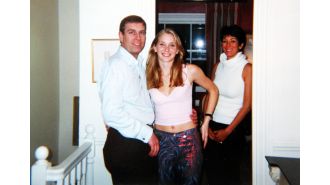Creating A Competitive Shaving Market
The FTC filed a complaint to stop the merger of Edgewell (Schick) and Harry’s yesterday. I don’t have a vested interest in this case in any way (other than having had a summer job working for Gillette in 1980). But it is a very curious action in my view.
Over the last decade, two new competitors have emerged in the shaving market in the US, Harry’s and Dollar Shave. They have brought innovation and competition to a market that has long been dominated by Gillette and Schick.
In 2016, Dollar Shave sold to Unilever, joining Gillette (owned by P&G) in the hands of consumer packaged goods giants.
In May of 2019, Harry’s and Edgewell (Schick) announced their intention to merge and create a strong competitor to Unilever and P&G in the shaving market. As I understand it, the leadership of Harry’s plans take over the Schick brand and bring its marketing and innovation talents to the combined business.
This Recode post on the FTC action has some interesting numbers in it:
According to the research firm Euromonitor, Gillette held 47 percent of the US men’s razor market in 2018, with Edgewell’s brands, which include Schick and Wilkinson Sword, combining for 13.6 percent of the industry. The Harry’s brand, which started selling online but now has a large presence in both Target and Walmart stores, had just a 2.6 percent share at the time, according to Euromonitor. Dollar Shave Club owned 8.5 percent of the US market in 2018, according to Euromonitor, and is owned by Unilever, following a $1 billion acquisition in 2016.
https://www.vox.com/recode/2020/2/3/21120169/harrys-ftc-acquisition-edgewell-schick-gillette-dollar-shave-club
So the FTC thinks that stopping a merger of the number two and four brands in a market is good for competition?
I think it is bad for competition and keeping Harry’s and Schick separated will just allow Unilever and P&G to dominate this market going forward. I don’t understand what the FTC is thinking or doing with this case in the least.






